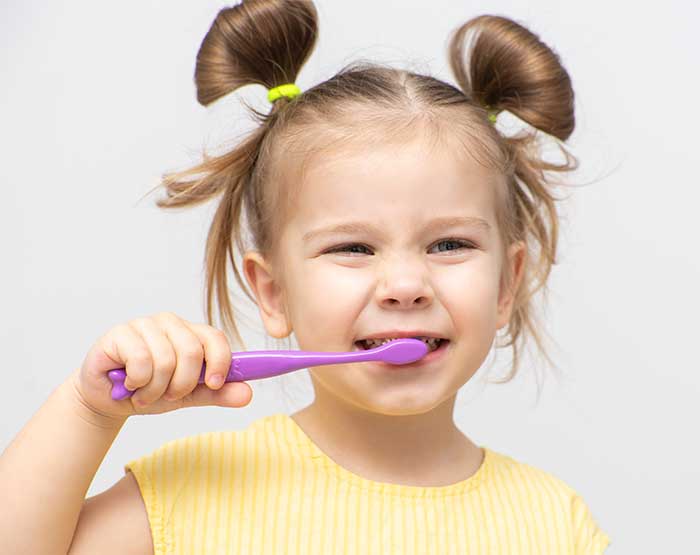
Eat These Vitamins and Minerals for Healthy Teeth
Eating a balanced and nutritious diet is just as important to a healthy smile as brushing, flossing, and regular dental exams because your child’s teeth depend on receiving vitamins and minerals to keep them strong.
8+ Vitamins and Minerals for Healthy Teeth and Gums
1. Vitamin A
Vitamin A promotes healthy salivary glands that produce the saliva that keeps your gums moist, neutralizes acids, and mineralizes your teeth.
- Find vitamin A in sweet potatoes, carrots, leafy greens, cheddar cheese, and hard-boiled eggs.
2. Vitamin B
A vitamin B deficiency can actually cause your gums to recede! Eating a diet rich in this nutrient will strengthen your salivary glands, reduce general inflammation, and prevent canker sores.
- Find vitamin B in green vegetables, legumes, meat, fish, and mushrooms.

3. Vitamin C
Vitamin C directly promotes the development of strong gum tissues and reduced inflammation in the mouth. As a result, it’s essential for healthy teeth.
- Enjoy an abundance of vitamin C in citrus fruits, berries, and green vegetables.
4. Vitamin D, Phosphorous, and Calcium
The body uses calcium to build strong teeth and bones, and both vitamin D and phosphorus help your body absorb and use the calcium you eat.
- Find calcium in dairy products, leafy green veggies, sardines, almonds, soy milk, and fortified orange juice.
- Find phosphorus in whole grains, nuts, lentils, beans, yogurt, milk, and cheese.
- Find vitamin D in egg yolks, salmon, canned tuna, fortified cereals, and fortified dairy products.

5. Vitamin E
Moving right through the alphabet of vitamins, vitamin E is also essential for oral health, as it promotes healing of the gum tissues.
- Find vitamin E in peanut butter, avocados, leafy greens, seeds, and nuts.
6. Fluoride
The body constructs and fortifies tooth enamel with fluoride, preventing tooth decay.
- Find fluoride in tap water, toothpaste, mouthwash, black tea, and seafood.
7. Potassium
Potassium is a mineral that prevents certain substances inside the body from breaking down the bone structure to use their minerals for other things in the body. As a result, potassium protects the teeth and the supporting jawbone.
- Find potassium in bananas, avocados, leafy greens, milk, cheese, and legumes.
8. Zinc
Zinc wards off gum disease by fighting bacterial infection.
- Find zinc in cashews, dark chocolate, oysters, and mushrooms.
Schedule Your Child's Next Dental Checkup in Kenmore
At Kenmore Pediatric Dentistry, Dr. Stewart strives to help each patient’s teeth develop into a strong and healthy adult smile with regular preventative care and education to help parents understand the best ways to care for their children’s teeth.




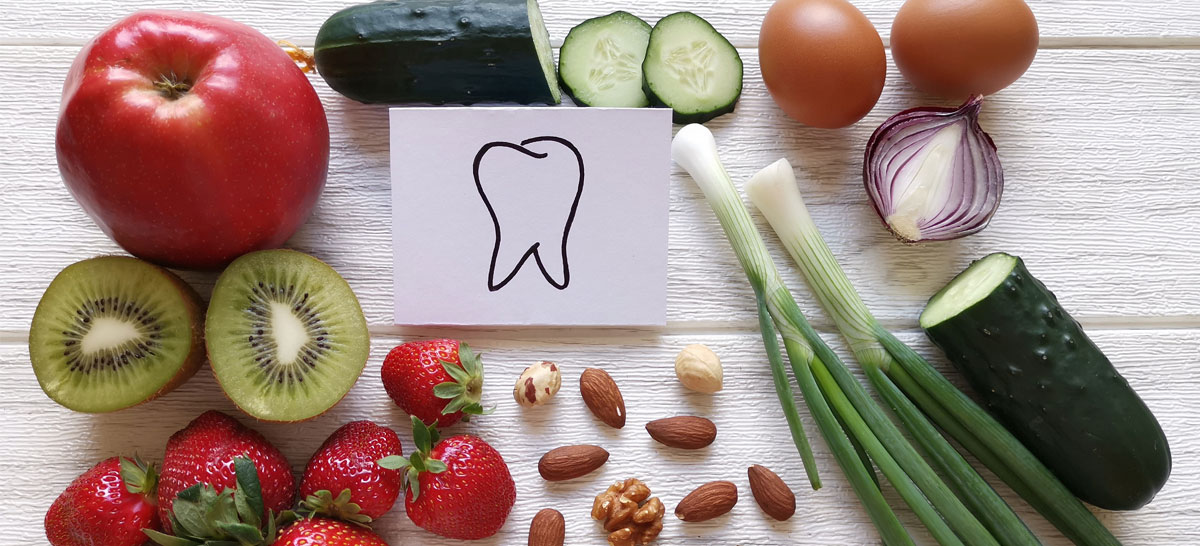

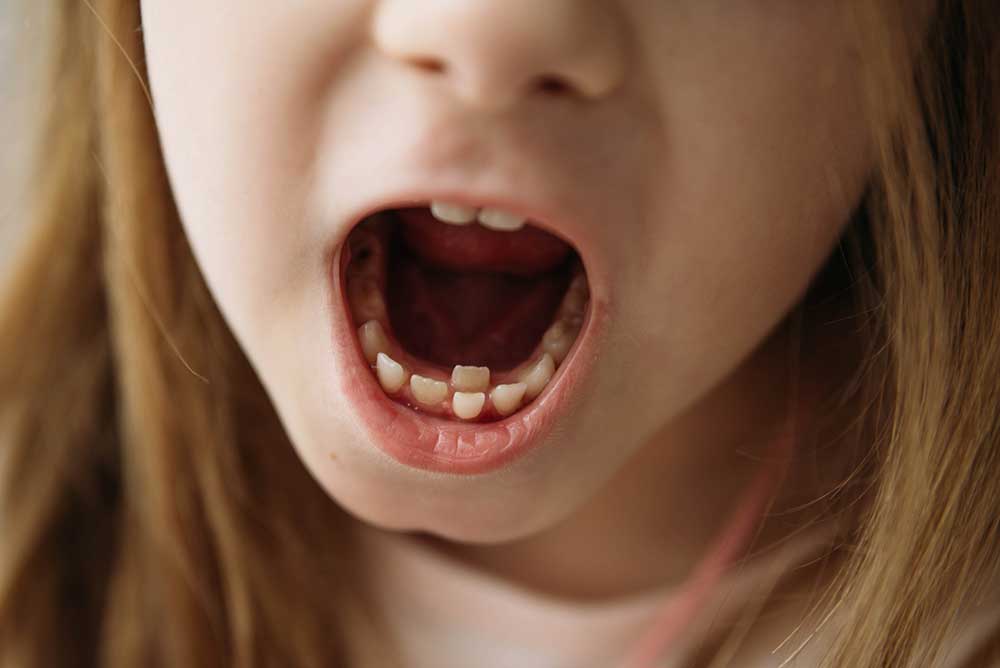
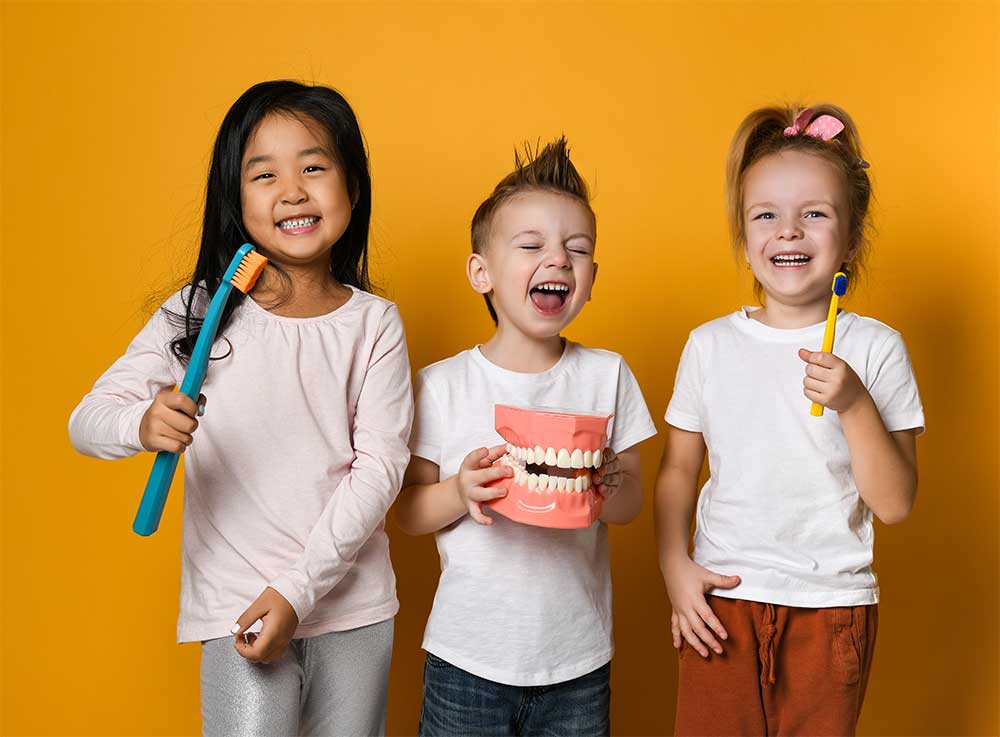


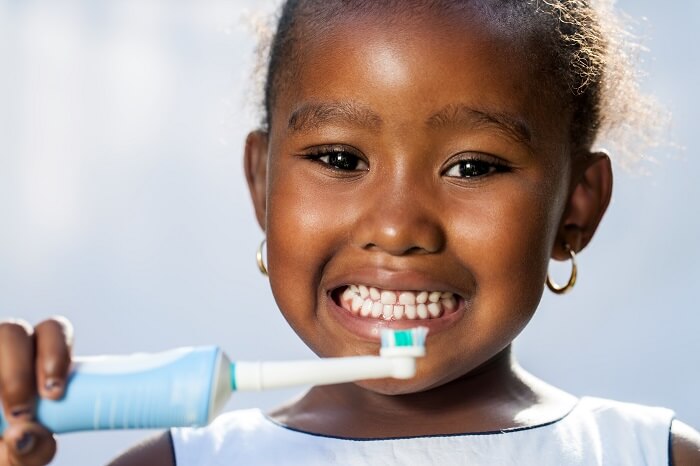

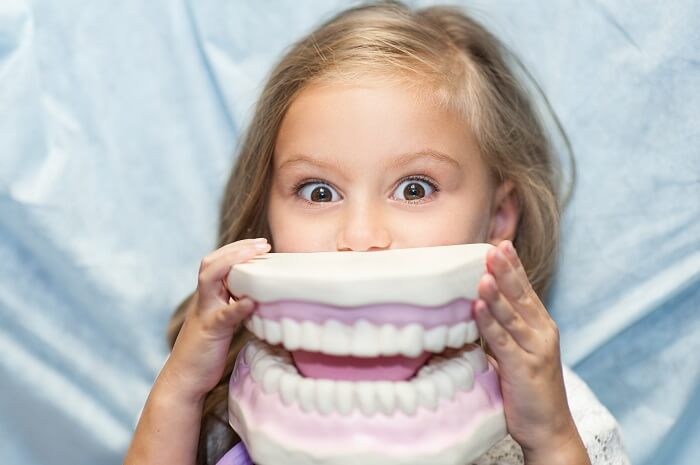



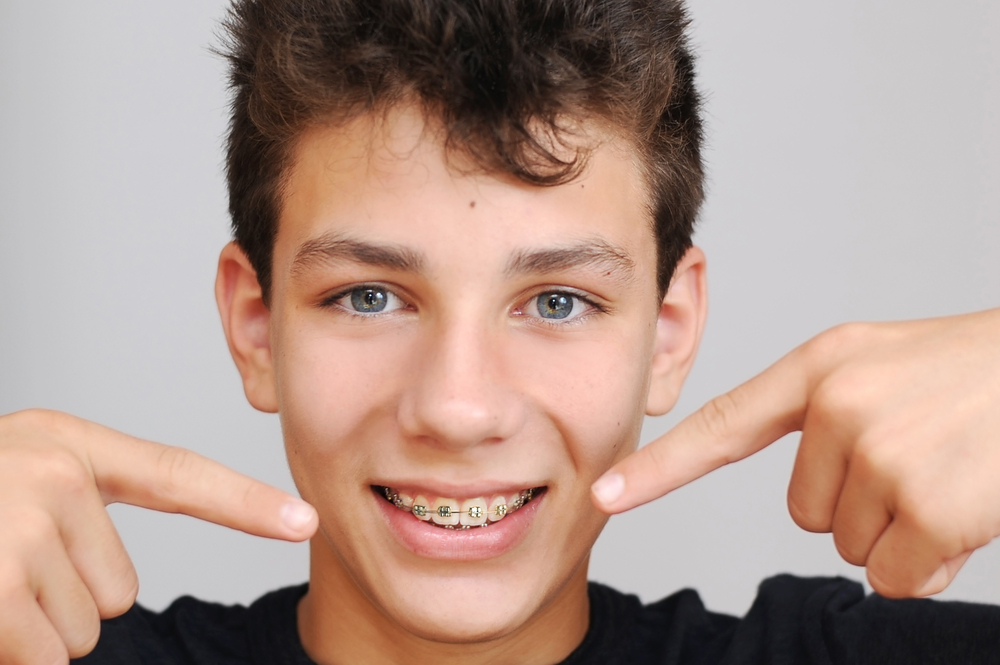


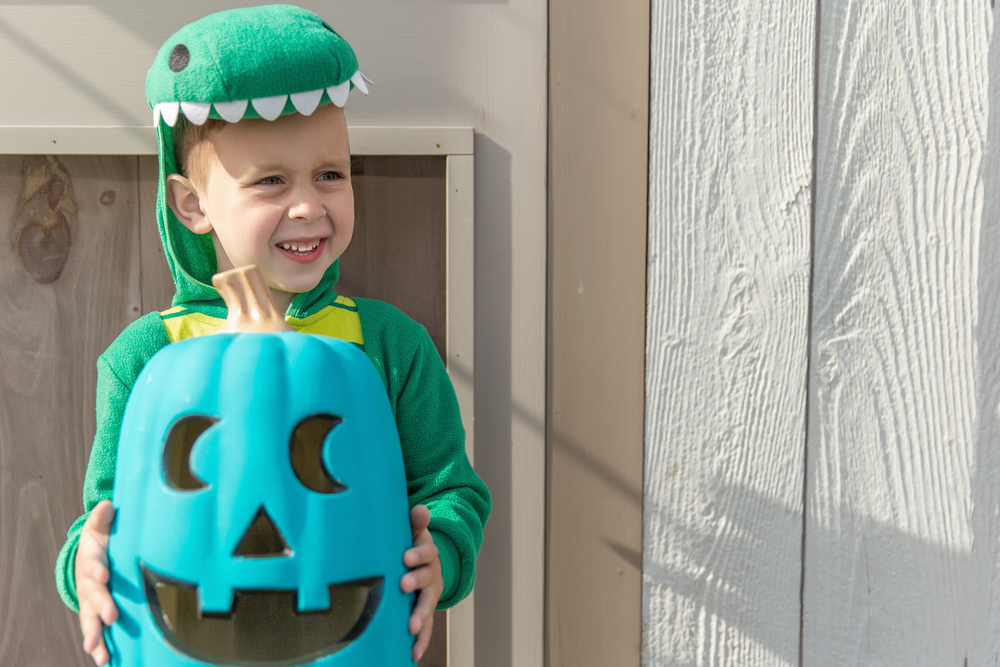


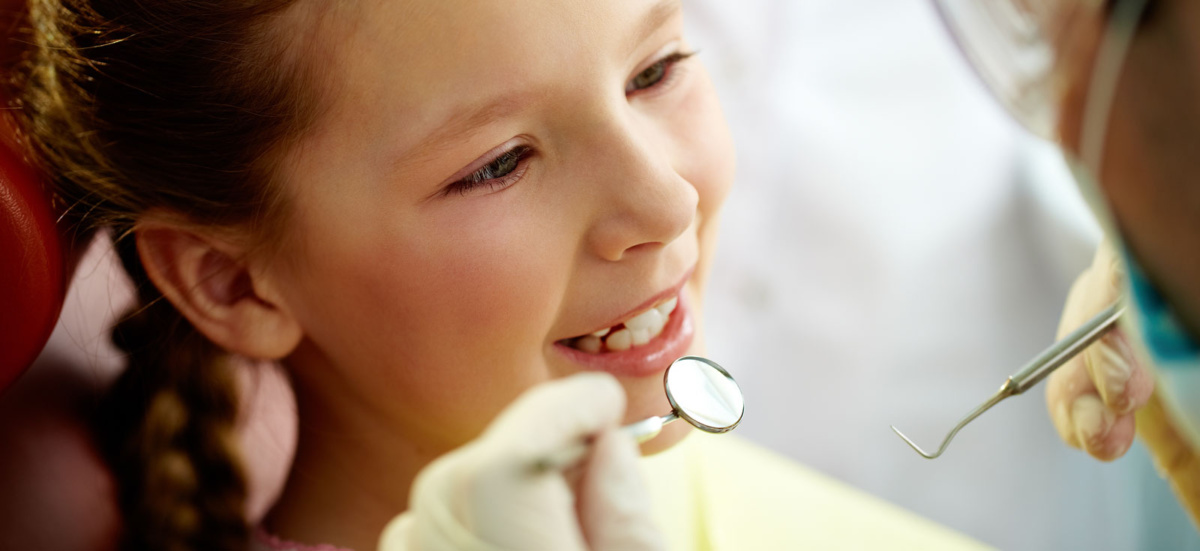
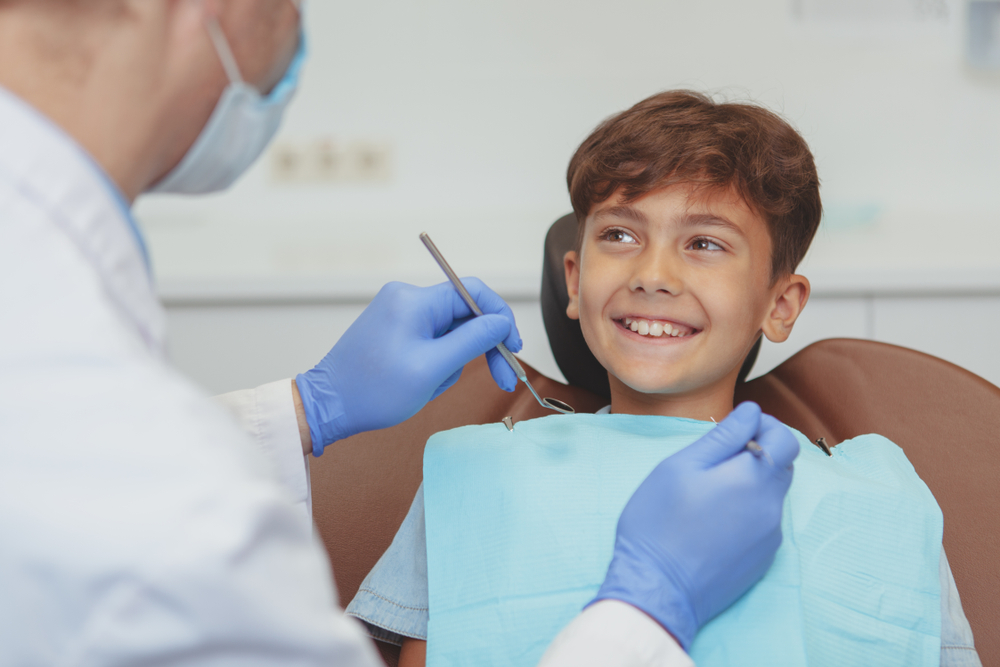



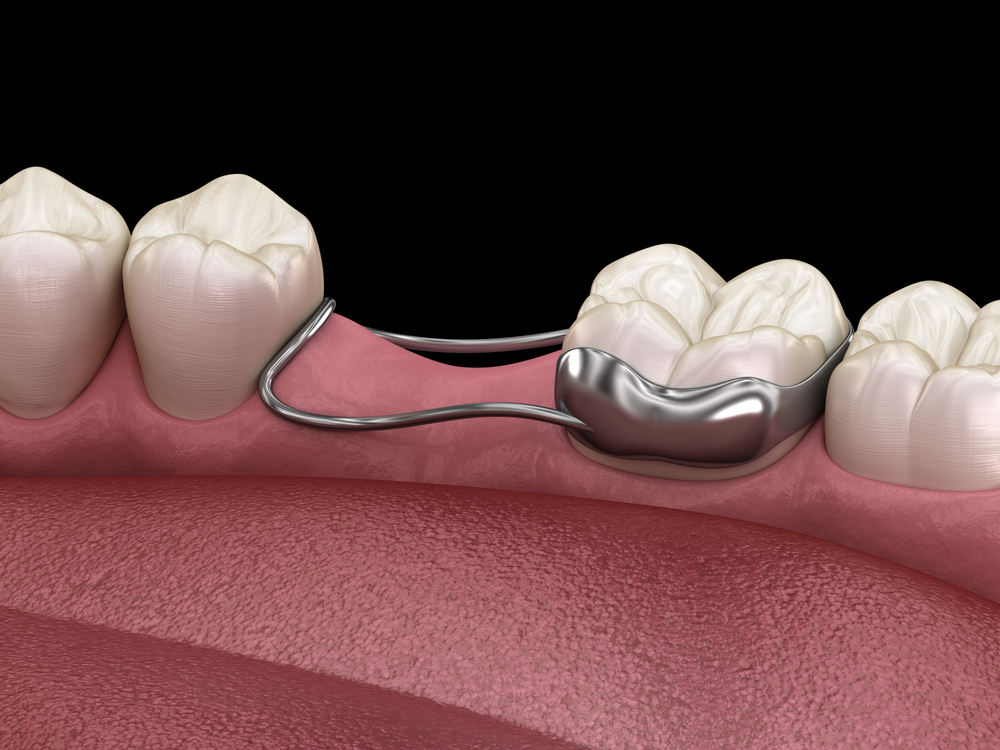


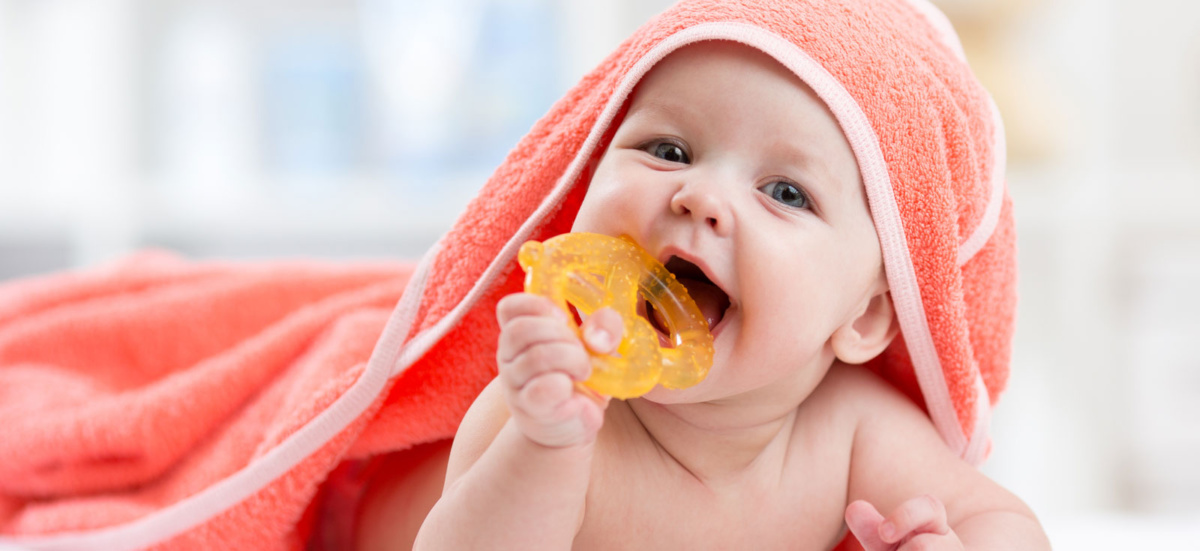

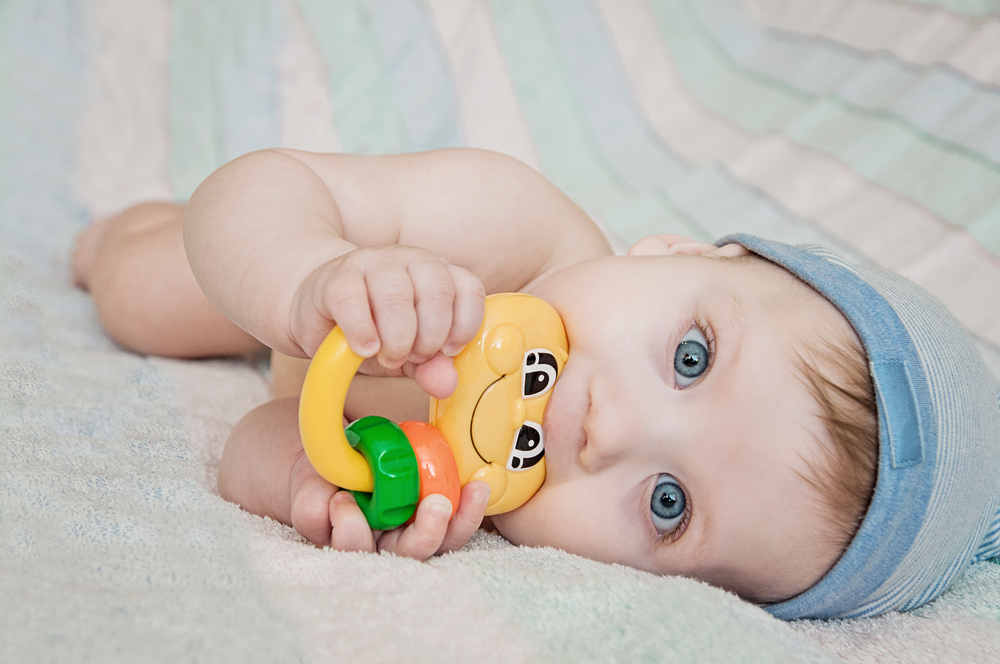


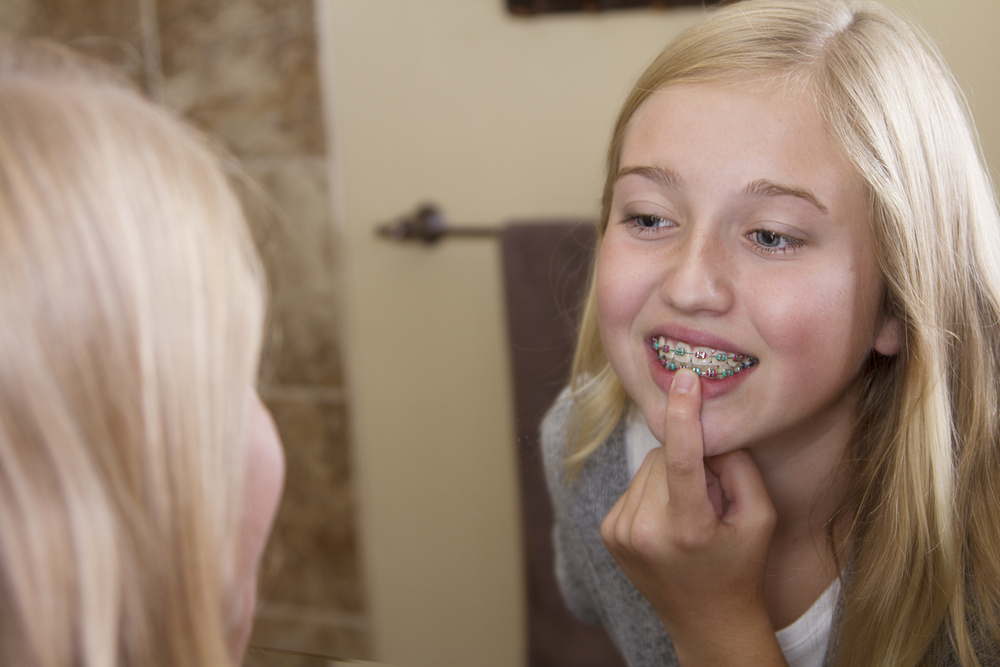


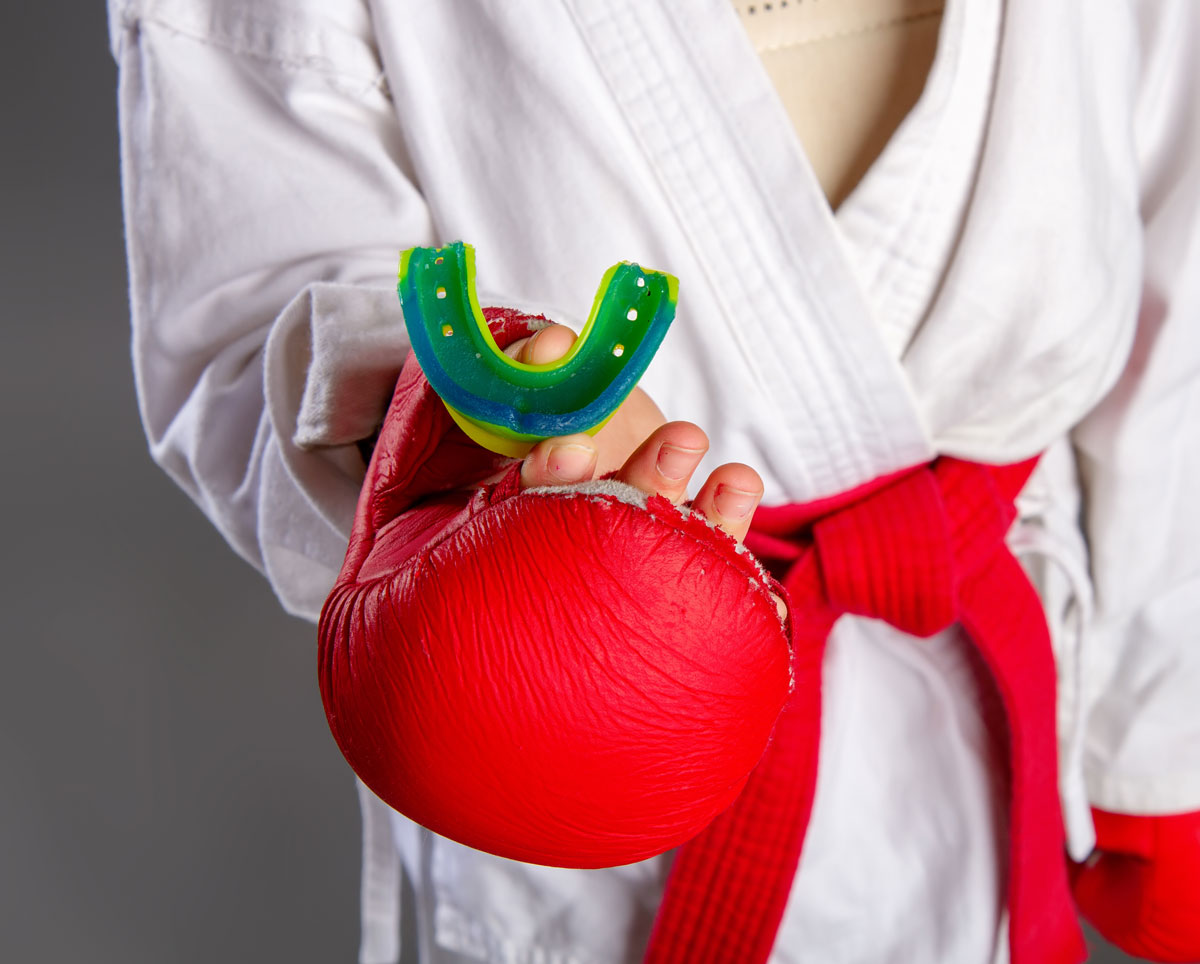

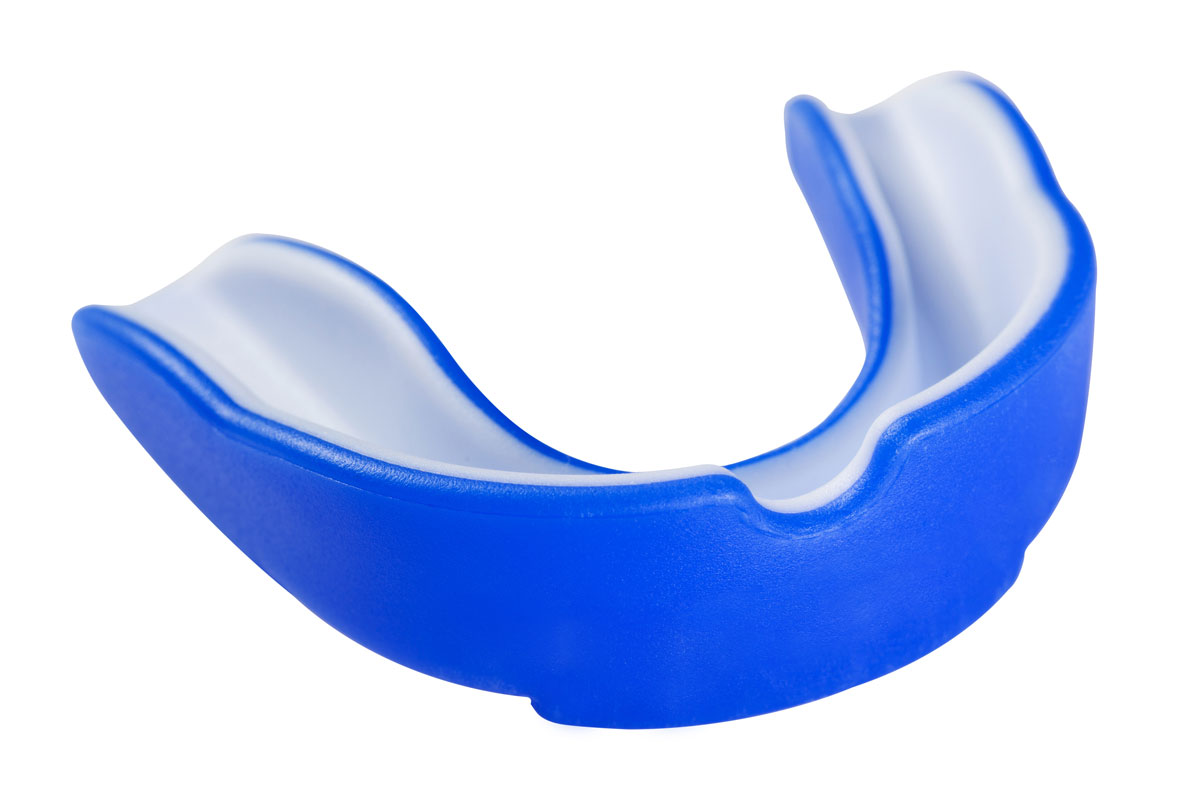
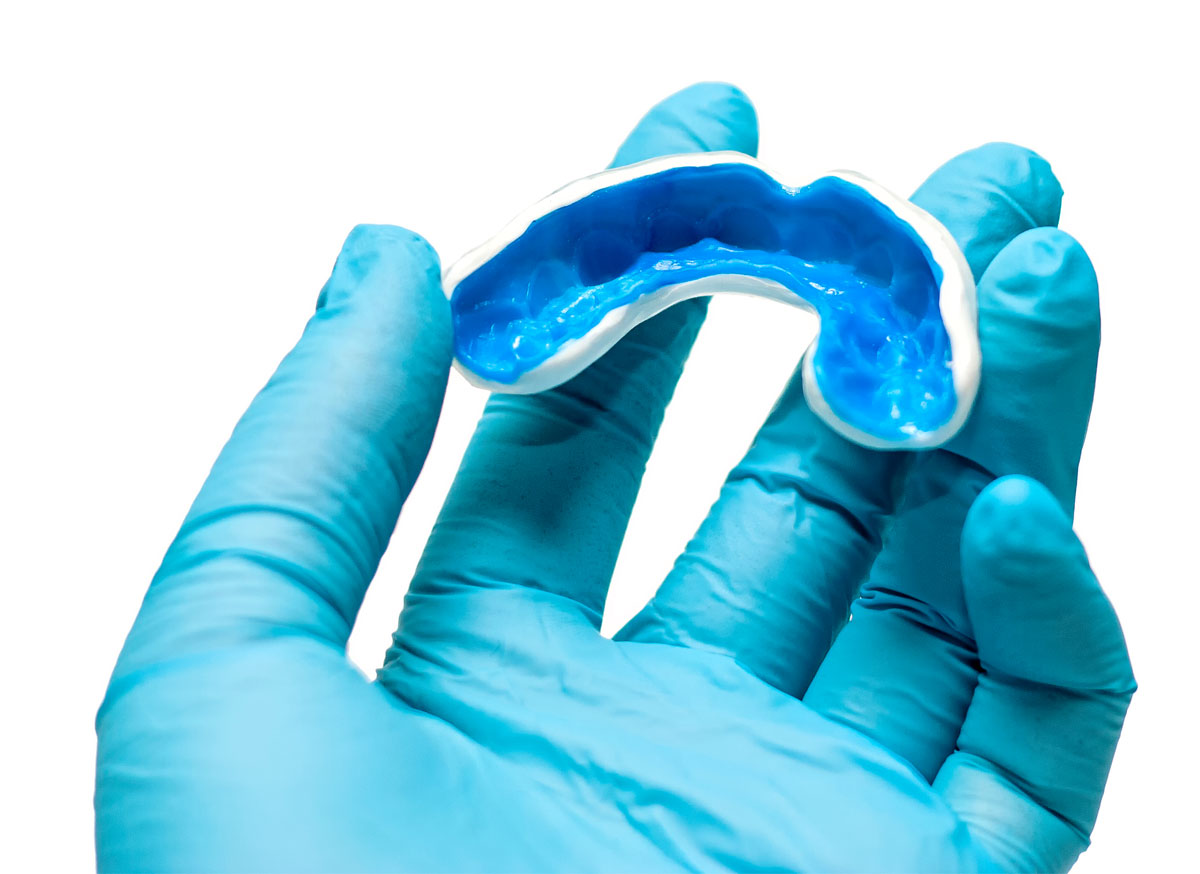






2.png)
